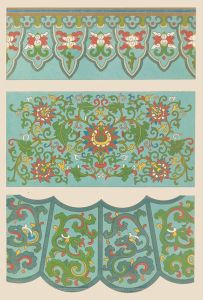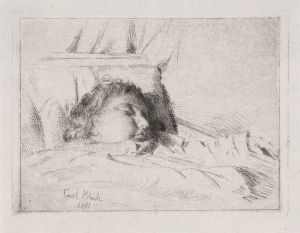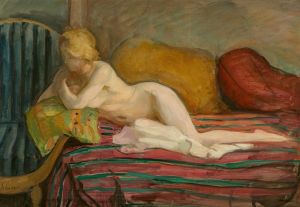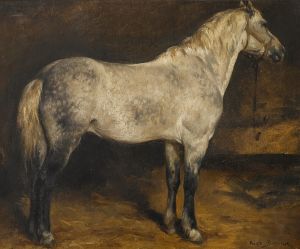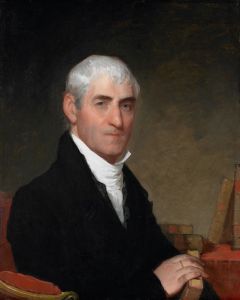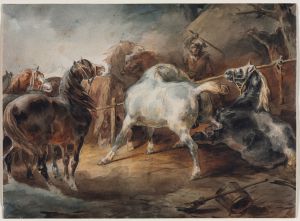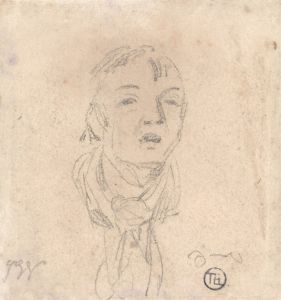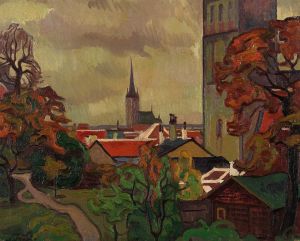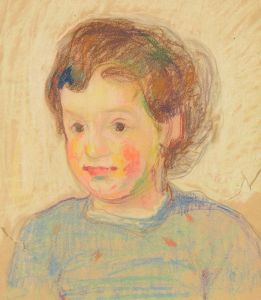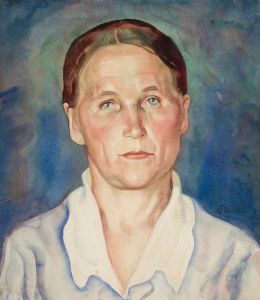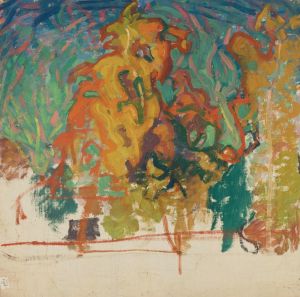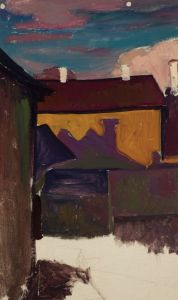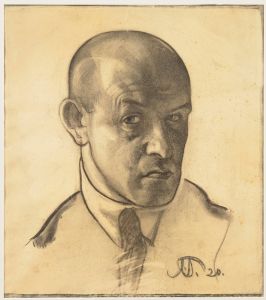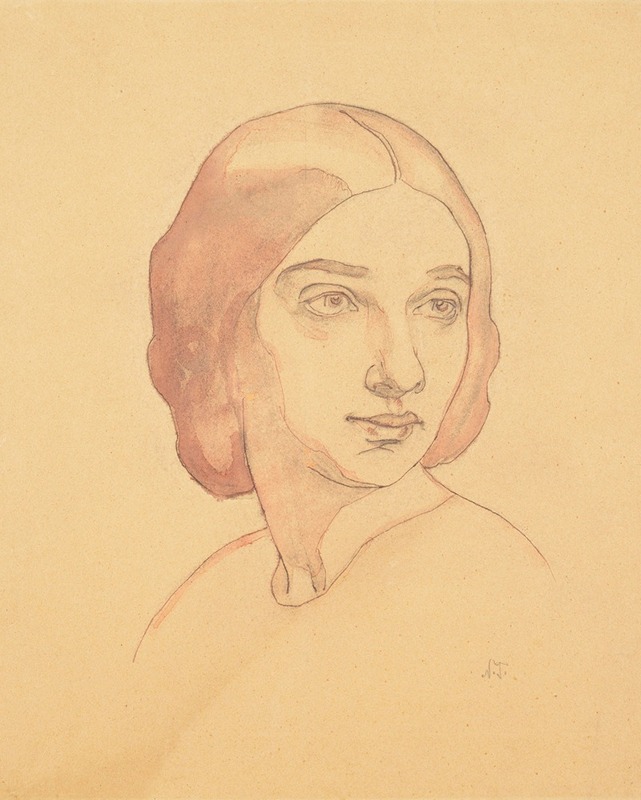
Pr. V. Triik-Martna portree
A hand-painted replica of Nikolai Triik’s masterpiece Pr. V. Triik-Martna portree, meticulously crafted by professional artists to capture the true essence of the original. Each piece is created with museum-quality canvas and rare mineral pigments, carefully painted by experienced artists with delicate brushstrokes and rich, layered colors to perfectly recreate the texture of the original artwork. Unlike machine-printed reproductions, this hand-painted version brings the painting to life, infused with the artist’s emotions and skill in every stroke. Whether for personal collection or home decoration, it instantly elevates the artistic atmosphere of any space.
Nikolai Triik was an influential Estonian painter and graphic artist, known for his contributions to modernist art in Estonia during the early 20th century. One of his notable works is the portrait titled "Pr. V. Triik-Martna portree," which exemplifies his skill in capturing the essence of his subjects through a modernist lens.
Nikolai Triik was born on August 7, 1884, in Tallinn, Estonia. He studied art in Saint Petersburg, Russia, and later in Paris, France, where he was exposed to various modernist movements that significantly influenced his artistic style. Triik was a member of the "Noor-Eesti" (Young Estonia) movement, which aimed to rejuvenate Estonian culture and art by integrating European modernist ideas.
The painting "Pr. V. Triik-Martna portree" is a portrait of a woman, believed to be connected to Triik personally, possibly a family member or close acquaintance. The exact identity of the subject, "Pr. V. Triik-Martna," is not widely documented, which is common with many portraits from this period where the focus was more on the artistic expression rather than the identity of the sitter.
Triik's style in this portrait reflects his modernist influences, characterized by bold colors, dynamic brushstrokes, and an emphasis on capturing the emotional and psychological depth of the subject. His approach often involved a departure from strict realism, instead opting for a more expressive and interpretative representation. This technique allows viewers to engage with the painting on a more emotional level, inviting them to explore the character and mood of the subject beyond their physical appearance.
Throughout his career, Triik was known for his versatility and ability to work across different mediums, including painting, drawing, and printmaking. His works often incorporated elements of symbolism and expressionism, which were prevalent in the European art scene during his time. Triik's contribution to Estonian art is significant, as he played a key role in introducing and popularizing modernist ideas in the region.
"Pr. V. Triik-Martna portree" is a testament to Triik's mastery of portraiture and his ability to convey complex human emotions through his art. The painting is part of the collection at the Art Museum of Estonia, which houses many of Triik's works and serves as a vital resource for understanding the development of modern art in Estonia.
Nikolai Triik's legacy continues to influence Estonian artists today, and his works remain an integral part of Estonia's cultural heritage. His portraits, including "Pr. V. Triik-Martna portree," are celebrated for their innovative approach and enduring impact on the art world. Triik passed away on August 12, 1940, in Tallinn, but his contributions to art continue to be recognized and appreciated both in Estonia and internationally.





